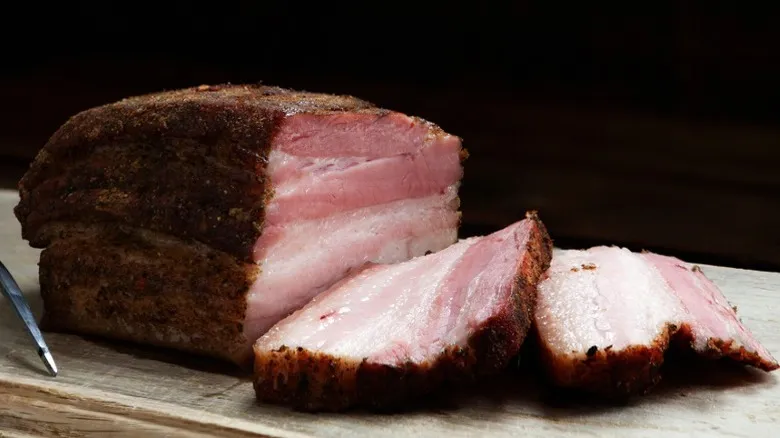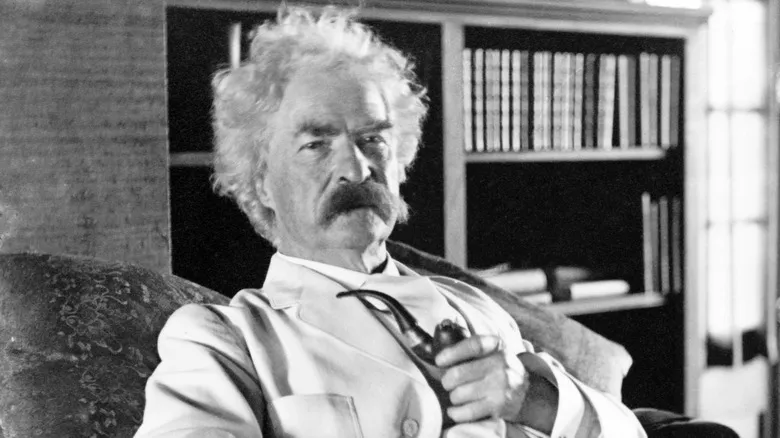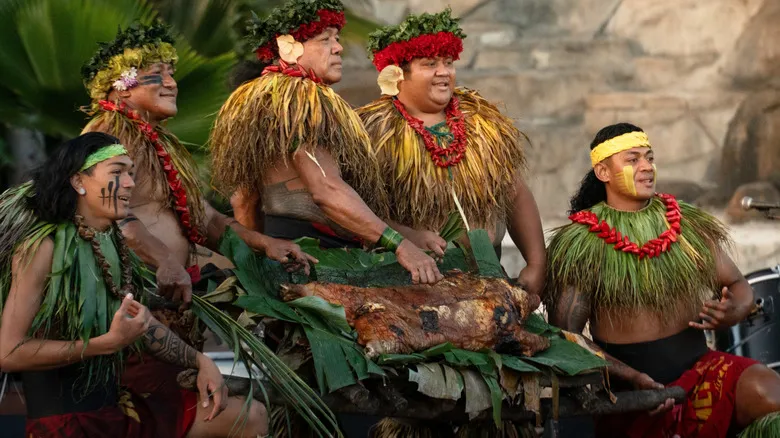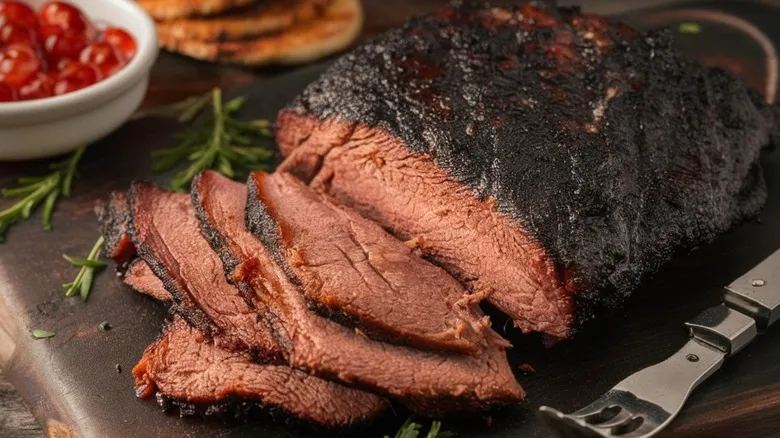The case for a beefless brisket

As previously mentioned, the Ashkenazi community introduced beef brisket to Texas. When it became part of Southern barbecue culture, the understanding of what constituted a brisket became somewhat unclear for many. For working-class Southerners, beef was often pricier than pork, leading them to create their own versions of brisket using the more affordable pork to stretch their budgets.
In butchery terms, brisket is a premium cut from the lower chest of a cow, situated above the legs. This area bears much of the animal's weight, resulting in a tougher cut of meat. While pigs share a similar four-legged structure, their anatomy and fat distribution differ from that of cows. Pigs do not have a brisket cut, but some butchers have begun using the term "pork brisket" to describe a section of the pectoral muscle. This pork cut tends to be fattier, which some may prefer over beef when making brisket.
In vegan communities, a new alternative has emerged, with individuals creating brisket using seitan to avoid meat altogether. People are welcome to prepare brisket in any way they choose, but recipes that include pork should clearly indicate this to accommodate those who cannot consume pork. Barbecue is inclusive and can be enjoyed by anyone, as it is a cooking style that transcends a single type of meat.
Recommended

Mark Twain's Favorite Fruit Is A Unique Choice

How Frozen Hot Chocolate Became A Pop Culture Phenomenon

The 2 Names Starbucks Almost Had Before They Got It Right

What Makes Hawaii's Kalua Pork Unique?
Next up

